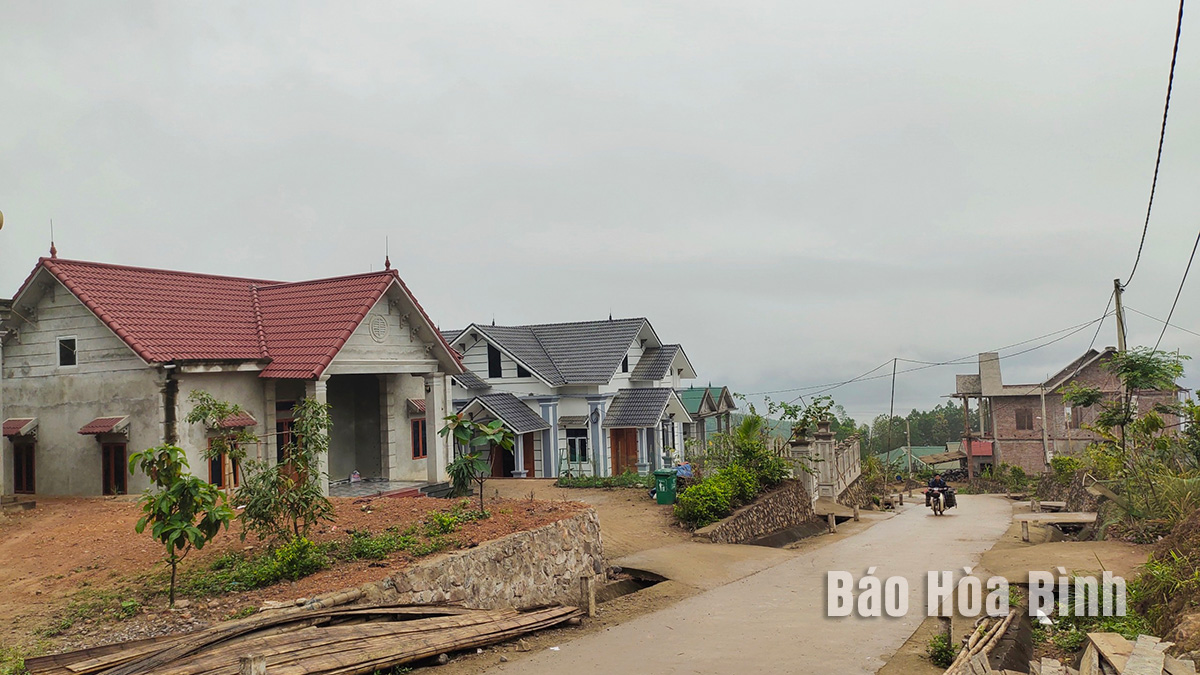



The Lau Bai resettlement area in Vay Nua commune, Da Bac district, has received investment to enable more than 30 natural-disaster-hit Dao ethnic households to stabilise their lives.
Project 2 aims to facilitate stable arrangements for households through concentrated, interspersed, or on-site resettlement according to planning. With broad support coverage and diverse assistance, it holds significance in providing housing and livelihoods for the local population.
Nguyen Van Tien, deputy head of the ethnic affairs committee’s policy office under the provincial People’s Committee said the majority of ethnic minority people in Hoa Binh live in extremely difficult areas, with over 90% classified as poor or near-poor households. Additionally, the province is particularly vulnerable to natural disasters. Currently, it has 143 high-risk landslide areas affecting 3,298 households, 21 areas prone to frequent floods affecting 167 households, and 70 areas prone to regular inundation impacting 1,750 households. All of these groups require relocation.
Under Project 2, between 2021 and present, the province has been allocated a total capital of 78 billion VND (3.12 million USD) to support the conduction of five residential stabilisation projects, benefiting 168 households in various districts.
Currently, Hoa Binh is implementing five projects of this kind targeting around 200 households in the districts of Da Bac, Tan Lac, and Kim Boi.
Bui Thanh Hieu, Chairman of the People's Committee of Cuoi Ha commune, said the locality is facing many difficulties, with a relatively high poverty rate among local and numerous sites with a high landslide risk. At the end of 2023, it began carrying out the resettlement project, which will provide stable housing for 22 households, minimising damage from natural disasters, eliminating the situation of undocumented migration, solving employment issues, and contributing to sustainable poverty reduction in Cuoi Ha.
In addition to the achieved results, the provincial People's Committee assessed that there remain many challenges in related management and implementation work, as well as in ensuring social security. To complete the plan for 2021-2025, amidst economic difficulties and significant investment needs, Hoa Binh is determined to mobilise and efficiently utilise resources to bring about substantial and meaningful changes.